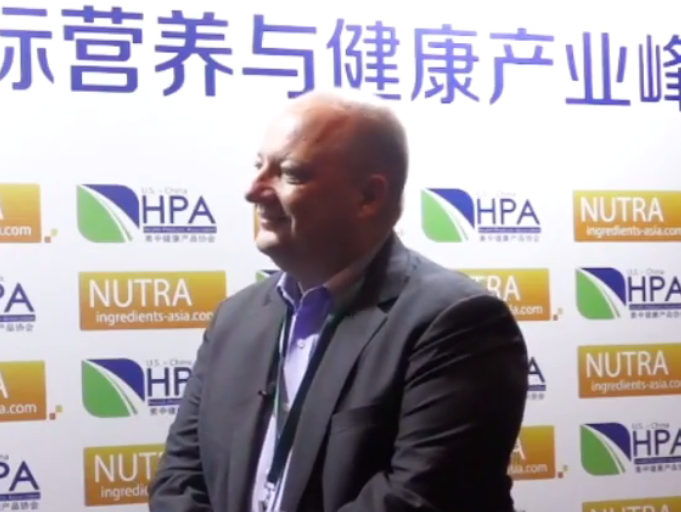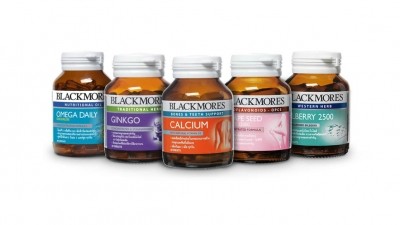OPINION
'A truly landmark year': Australian supplements industry reflects on research, regulations and trade gains in 2018

Twelve months ago, we were working hard to ensure suitable redesign of the regulatory framework for complementary medicines under the Review of Medicines and Medical Devices Regulation (MMDR), supporting rules that would be commensurate with risk and would allow Australia to remain competitive on the global stage.
In March, legislative changes were made to facilitate implementation of mechanisms and policies that were strongly supported by Complementary Medicines Australia (CMA), including a new assessed pre-market pathway for listing complementary medicines on the Register of Therapeutic Goods, a concept proposed to support business investment in research and the development of an IP protection mechanism.
Reforms that have been implemented during the last twelve months include: permitted indications for listed medicines, the assessed listed evaluation pathway, a two-year period of market exclusivity for new ingredients, and new application categories and evaluation timeframes for new ingredient applications and for registered complementary medicine applications.
CMA has been providing input into a number of projects that the Therapeutic Goods Administration (TGA) has been working on to implement the regulatory reforms, including consideration of a claimer that would allow products that have had their efficacy assessed under the new listed pathway to differentiate themselves in the marketplace.
The TGA is also continuing to address other changes to be made under the MMDR, such as an enhanced post-market monitoring scheme for listed medicines, and developing a list of countries and jurisdictions from which the TGA will accept reports under the Government’s policy of accepting ‘trusted international standards and products’.
The development of IP protection mechanisms represents a ground-breaking opportunity for complementary medicine products to gain recognition for undergoing rigorous scientific assessment. It was back in 2003 that the Expert Committee on Complementary Medicines in the Health System recommended to the Parliamentary Secretary that the TGA should convene a group to identify possible mechanisms, including data protection and market exclusivity on the basis that “a viable, innovative and responsible complementary medicines industry is dependent on research to support quality, safety, efficacy, and cost-effectiveness, and to develop new products."
Incentivising expansion of the research base for complementary medicines will encourage even more investment by industry into Australian research bodies. This year, we have seen some generous philanthropic support for our researchers. CMA recently welcomed news of a record $10 million donation to Southern Cross University by Marcus Blackmore AM and his wife Caroline, which the university will use for the establishment of a National Centre for Naturopathic Medicine. We also welcomed the announcement of $6 million in funding from the Jacka Foundation for the NICM Health Institute for research into complementary and integrative medicine.
Health promotion
Australia has the potential to lead the world in natural medicine research. The importance of education and research in this area cannot be stressed enough, given the potential benefits as a tool towards health promotion and disease prevention.
In 2018, the health-related statistics, such as one in two Australians having at least one chronic disease, highlight the value of preserving good health. It’s interesting to note that consumers from around the world, including in Australia, are increasingly using complementary medicines; they represent for many people an accessible and affordable way to actively contribute to their health. The demand for complementary medicines is also growing rapidly in China, due to an increasingly health-conscious population taking a strong interest in their health and wellbeing.
A number of Australian firms have been successful at exporting to China, and in 2018 our industry is highly cognisant of the importance of greater engagement with our Chinese counterparts, plus researchers and regulators, to ensure the best health outcomes for consumers. In June, CMA hosted the inaugural Australian Pavilion at Healthplex in Shanghai, organised with assistance by the China Chamber of Commerce for Import & Export of Medicines & Health Products (CCCMHPIE).
Consumer preferences and choices are at the heart of the complementary medicines industry. This year, we have been working with practitioner groups to ensure support for healthcare professionals, who are often the front line with consumers, providing essential advice and guidance. We have been proud to stand side by side on campaigns to keep health fund rebates and traditional evidence claims.
It was good to see Dr Kerryn Phelps MP, former AMA president and new Member for Wentworth, recently question the science behind the Government’s decision to restrict insurance cover for natural therapies and whether it was just “being used to shift more costs to consumers”.
It has been a truly landmark year for the Australian complementary medicines industry. The new regulatory framework, resulting from the biggest reforms in 25 years, means that we have progressive legislation that encourages and rewards investment.
We continue to showcase our high quality products in China, our major trading partner, and supporting our exporters to capitalise on existing and future export opportunities. And we continue our advocacy for complementary medicines to ensure that they remain an accessible and affordable way for people around the word to actively contribute to their health.
Carl Gibson
CEO Complementary Medicines Australia
[i] http://www.tga.gov.au/pdf/archive/committees-eccmhs-report-031031.pdf
[ii] Commonwealth of Australia (2017) Complementary Medicines Industry Capability Report












